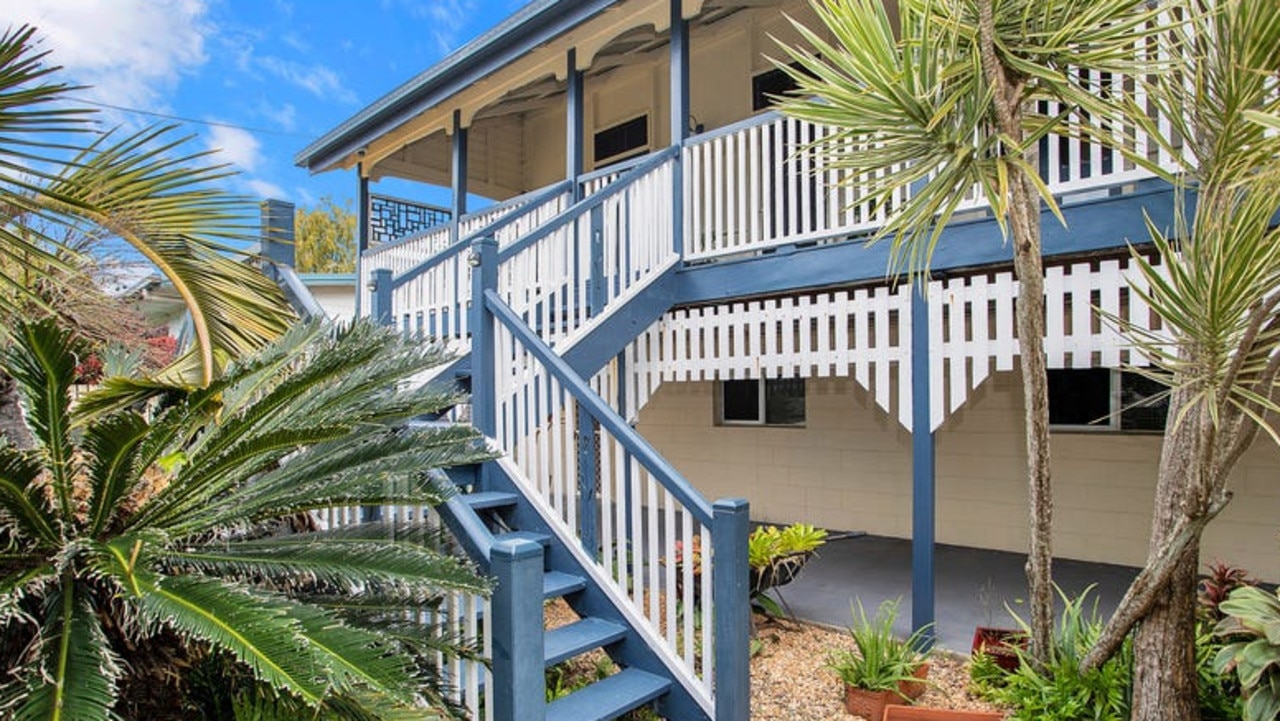Fish scrap dumping at Cid Harbour contributed to shark attacks: Study
A new study has found a key trend likely played a role in three “extremely unusual” shark attacks which left a medical researcher dead and a mother and schoolgirl maimed in the idyllic Whitsundays.
Mackay
Don't miss out on the headlines from Mackay. Followed categories will be added to My News.
A new study has ruled boaties contributed to the cluster of shark bikes that resulted in the death of a medical researcher in the Whitsundays.
Queensland Fisheries co-funded the research following three “extremely unusual” shark attacks at Cid Harbour in late 2018, with a further shark bite reported nearby a year later.
Tasmanian mum Justine Barwick became the first victim about 4.45pm on September 19 when a suspected tiger shark mauled her leg.
Less than 24 hours later about 1.40pm, a shark bit Melbourne schoolgirl Hannah Papps, 12, requiring her leg to be amputated.

Then about 5.30pm on November 5, a “vicious” mauling killed Melbourne medical researcher Daniel Christidis who had been paddle-boarding with friends on holiday.
All three attacks occurred within an area about the size of a football field.

Authorities scrambled to respond to the unprecedented horror.
Within days of the first attacks, a contractor was tasked with catching and killing five tiger sharks.
Meanwhile, Whitsunday residents pointed the blame at boaties who they said were luring sharks into the harbour by throwing fish scraps overboard.
The recently released study, led by James Cook University’s shark expert, Dr Adam Barnett, confirms these claims were partially correct.
“The three incidents involved people bitten almost instantly after entering the water, which is unusual and suggests that feeding/attracting sharks to boats could have been a contributor,” the study states.
“Sharks can become more agitated, aggressive or reactive due to the regular food provisioning.
“Sharks could have rapidly reacted to the water disturbance as the people jumped into the water, by biting.”
A Whitsunday fishing charter operator, who requested anonymity, said it was common knowledge boaties regularly threw scraps overboard.
“It’s exactly why no one goes swimming at Coral Sea Marina or Shute Harbour,” he said.
“You’d be mad to because there’s so much food being thrown into the water.”
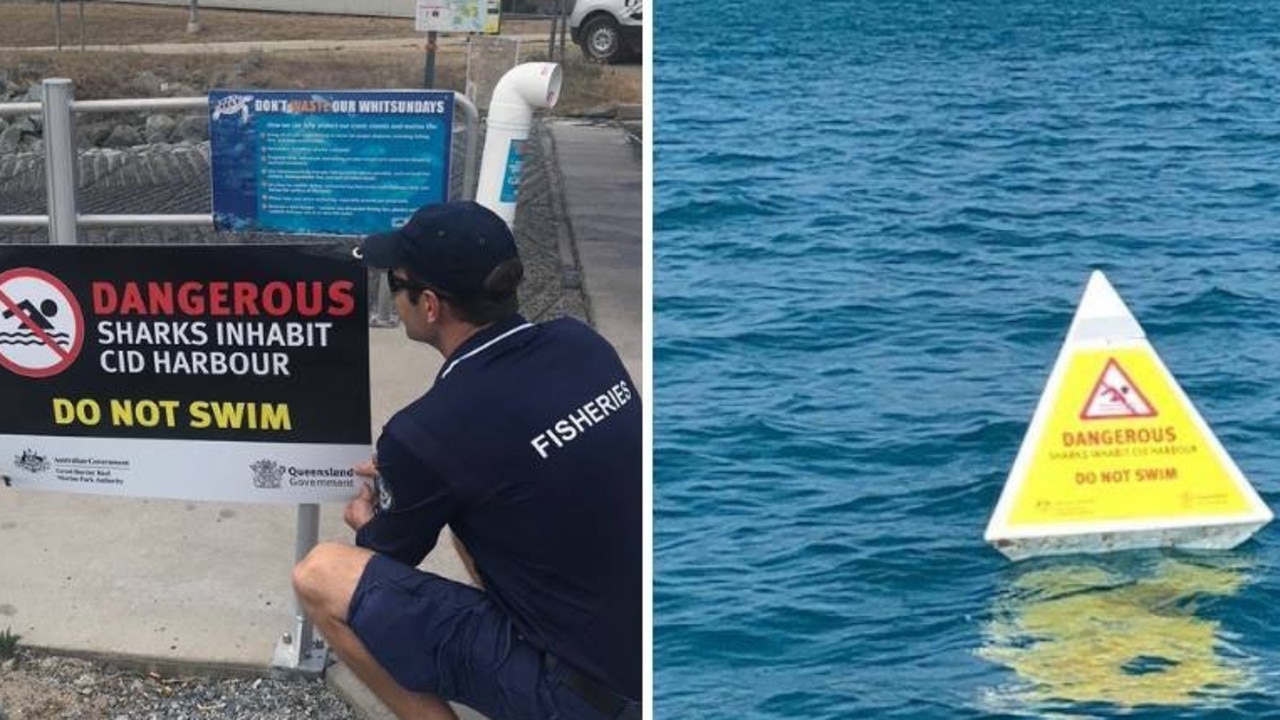
The research took place over five week-long field trips from December 2018 to January 2020.
It aimed to study sharks’ behaviours, movements, habitats, preferred weather, and available prey, as well as human behaviour and awareness of “Shark Smart” practices.
It used single-hook droplines focused in the popular anchorage area between Sawmill Bay and Dugong Beach, as well as bottom-set longlines, surface lines, rod and reel, sonar, and baited remote underwater video cameras.
Scientists also acoustically tagged sharks, ran an online survey, and held face-to-face interviews with tourism industry representatives, fishers, community groups and management agencies.
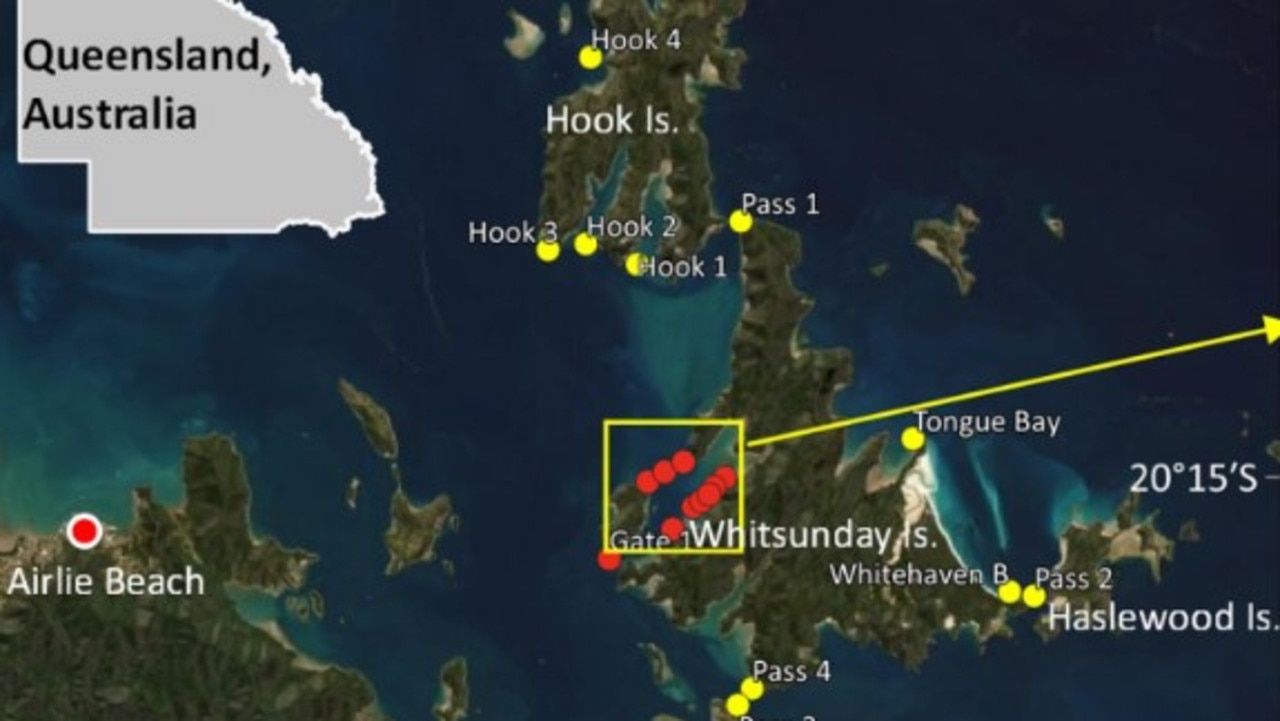
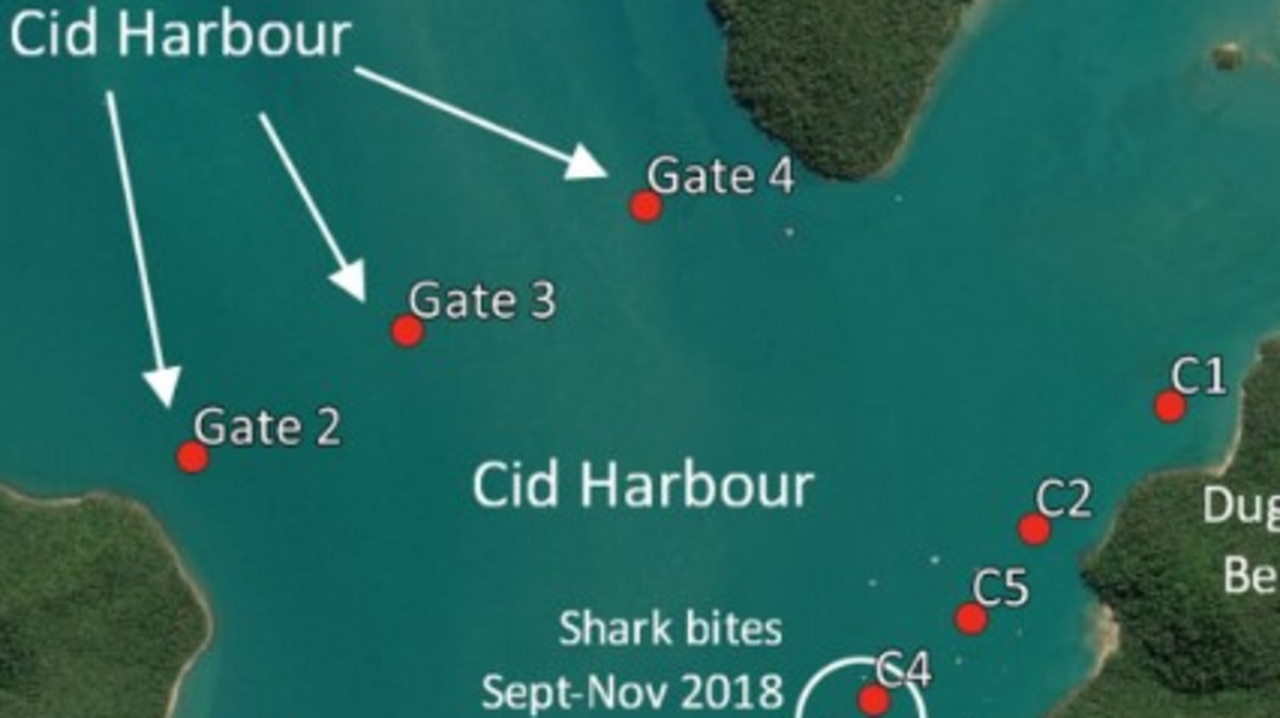
They caught 82 sharks in total including 36 spot-tails, 22 tigers, and 13 tawny nurses followed by seven bulls, seven white cheeks, five great hammerheads and five blacktip complex sharks.
Research found shark prey was readily available within Cid Harbour – including baitfish, large-bodied fish, sharks, rays, dolphins, turtles and dugongs – and yet the majority of tagged tiger sharks only stuck around for up to one-and-a-half days.
Most tagged sharks “had large home ranges and spent most of their time in the broader Whitsundays region,” the study states.
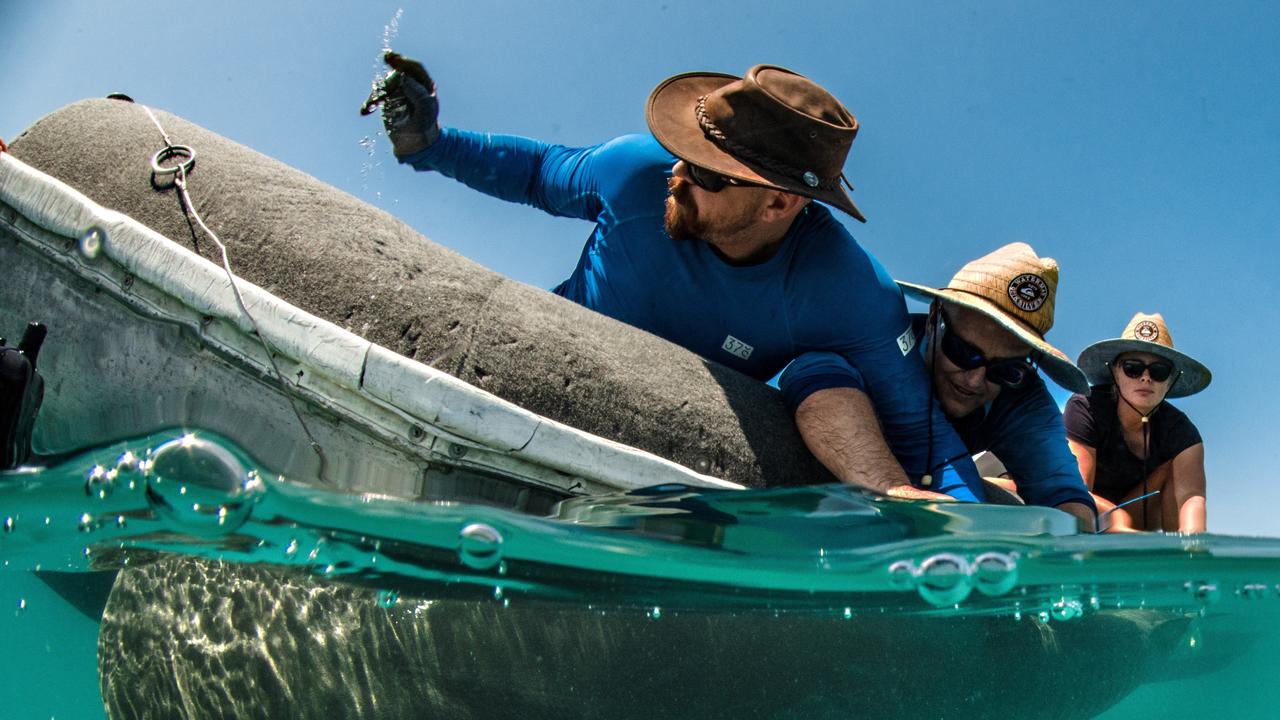
“Most individuals did not much move further north than Townsville or further south than Mackay.
“One exception was (a 3.2m) shark … (that) in two months swam (more than) 3700km to the Solomon Islands.”
The study further ruled any “species capable of biting humans could have been responsible” for the gruesome 2018 attacks.
Between 60 to 100 boats anchor in Cid Harbour on any given day with the spot popular among both commercial fishers and leisure seekers with activities like chartered trips and island hopping, paddle-boarding, and swimming.
But following the attacks, authorities banned swimming within the harbour and rolled out its SharkSmart public education program with messages including “don’t swim at dusk” or in “murky” water, “don’t throw food scraps overboard” and “don’t swim around fishers”.
However, the study that yielded 213 responses, including from 200 people who either owned or worked on boats birthed in the Whitsundays, showed only four per cent of respondents “believe(d) that banning throwing food waste would be an effective response to the shark bites”.
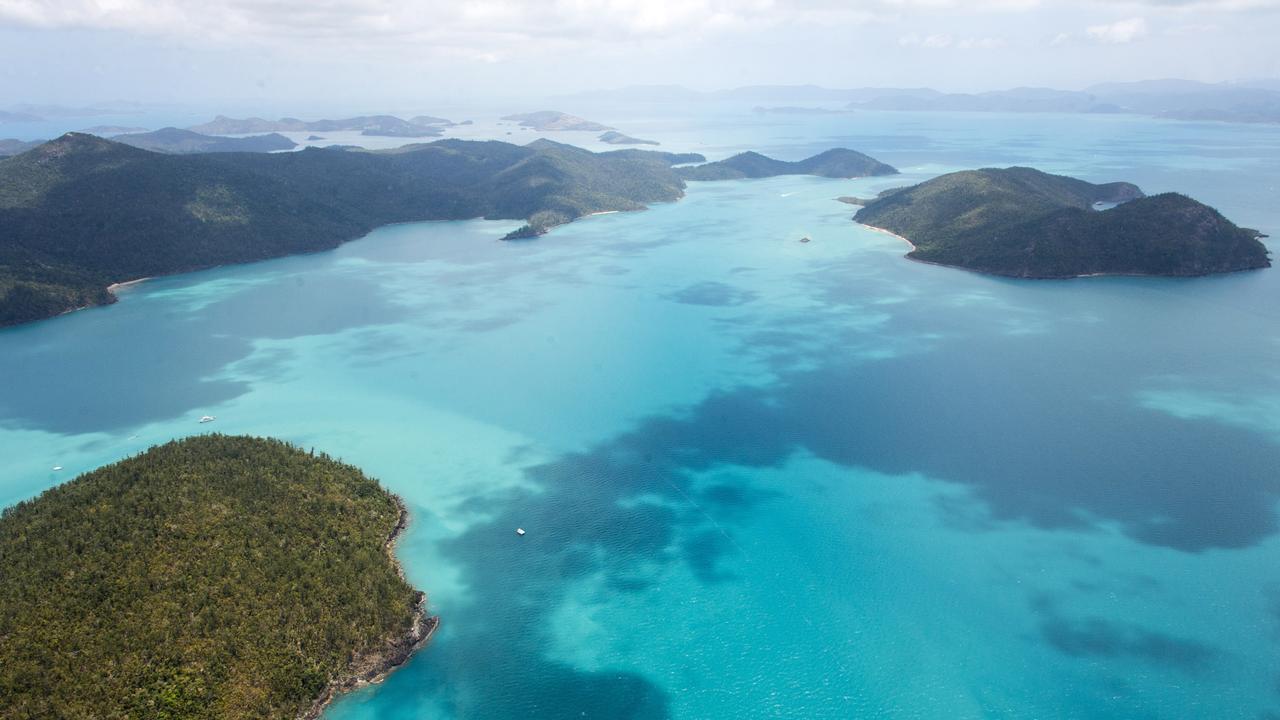
Further, only seven in 10 respondents considered not throwing food scraps overboard to be a “very important” safety message.
Airlie Beach Fishing Charters operations manager Trish Gluvic, who was not a survey respondent, told this publication her business strictly advised all passengers that the only item permitted to enter the ocean was bait.
“There is to be no litter, not even a cigarette,” she said
“If anybody was to throw anything overboard, we would stop the fishing charter, go back, and pick it up.”
Ms Gluvic said while staff filleted fish on-board within the marina, they followed best practice of putting carcasses and by-product into designated bins.
“Why would you trash paradise?” she said, adding most operators followed similar protocol in efforts to be sustainable and environmentally conscious.
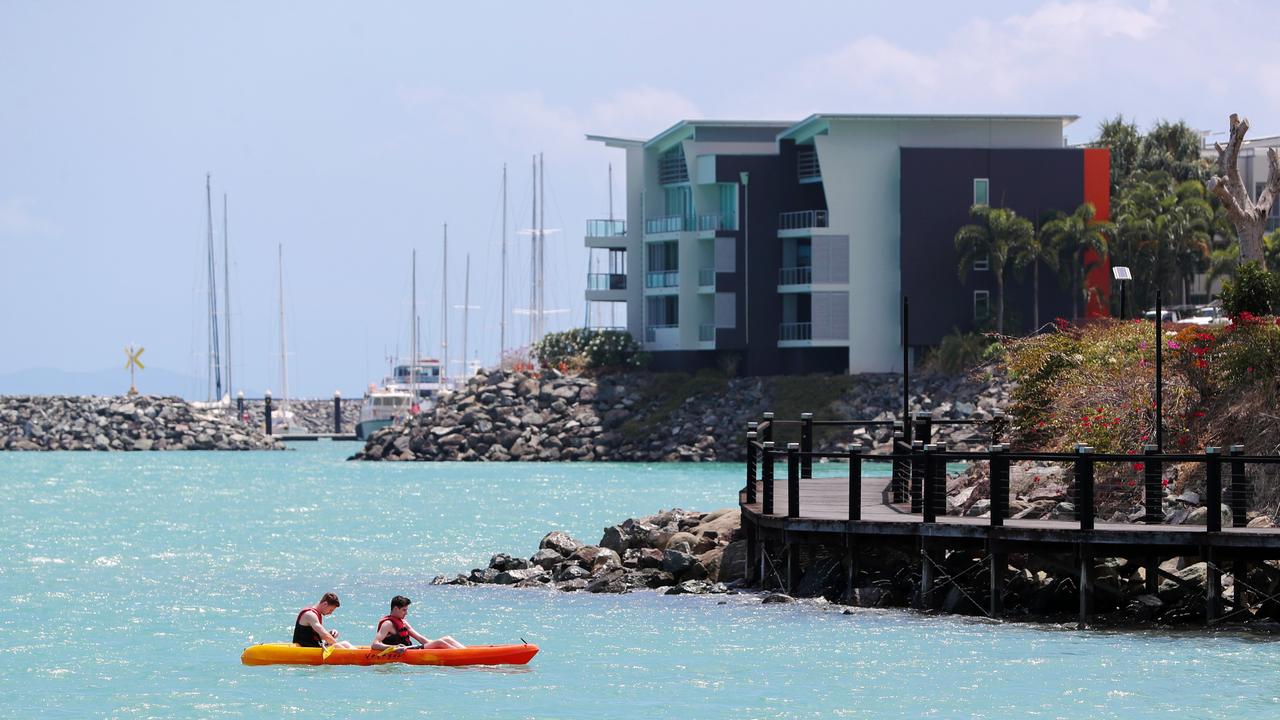
And while boaties said it was common knowledge in the Whitsundays to avoid swimming at dusk and dawn, almost six in 10 survey respondents said further promotion of safety messages was unnecessary.
More than half the respondents believed “personal responsibility” was crucial to reducing “unwanted shark encounters”.
And nearly one in three said it was a personal lack of awareness of SharkSmart practices that caused the shark bite cluster, compared to the one in five who attributed it to boaties discarding food waste and fish remains overboard.
And while almost three in 10 people said drumlines and shark nets could be the most effective protection against shark bites, there is no Shark Control Program operating in the Whitsundays.
This is despite 6020kg of mullet being used each year for baited drumlines in Mackay to the south, and 12,070kg of sea mullet and shark meat being used for baits in Townsville to the north.
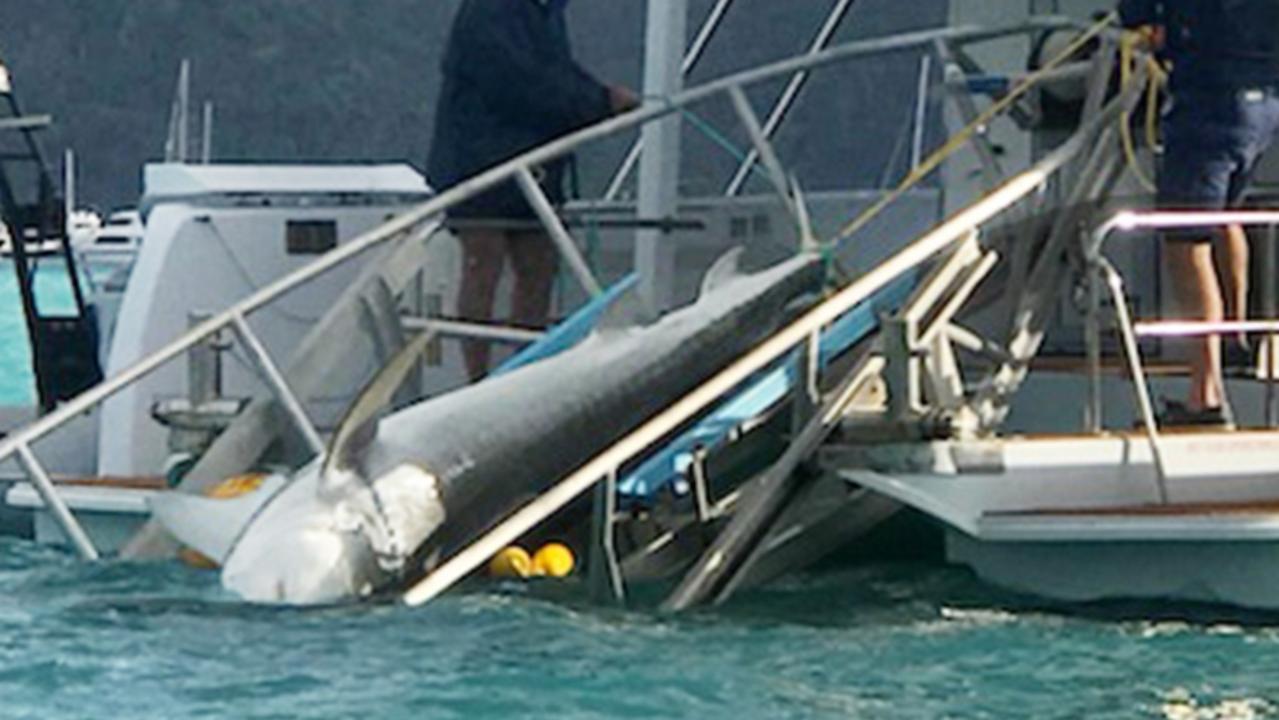
Ms Gluvic said the Whitsundays was an important shark breeding ground with sharks necessary to keep the “natural order” of the ocean in check.
A Department of Agriculture and Fisheries spokeswoman said the government had outlined its five-point plan to improve safety in the Whitsundays after meeting with shark experts, tourism groups and other stakeholders in Airlie Beach on November 9, 2018.
“The Plan outlines how we will continue to monitor shark populations, including their movements and behaviour, in the Whitsundays and throughout Queensland,” the spokeswoman said.
She said they also placed icon-based signage in Cid Harbour to warn of shark risks in the area.
“The Queensland shark management plan 2021 to 2025 sets out how the Queensland Government works to reduce the risk of shark bites while researching and trialling new shark mitigation technologies and boosting community education on SharkSmart behaviours,” the spokeswoman said.
“Improving our understanding of how human behaviour influences shark bite risk and how we can influence the adoption of SharkSmart behaviours is a priority for the Shark Control Program.
“The Shark Control Program target species list is informed by the Australian Shark Incident Database (managed by Taronga Zoo).
“DAF also recently produced a video educating visitors about how to be SharkSmart when visiting the Whitsundays.”
More Coverage
Originally published as Fish scrap dumping at Cid Harbour contributed to shark attacks: Study




